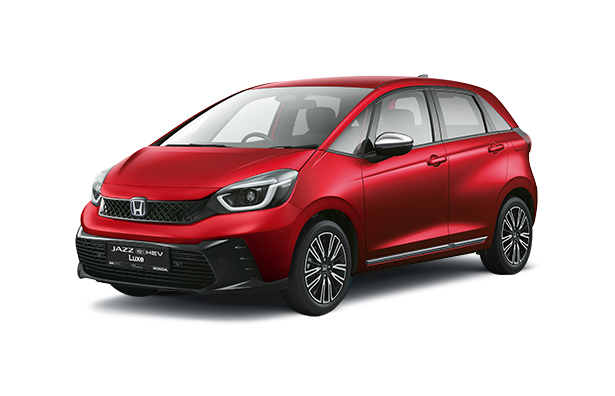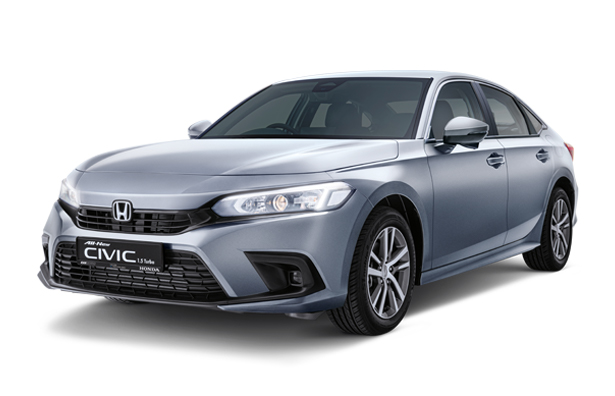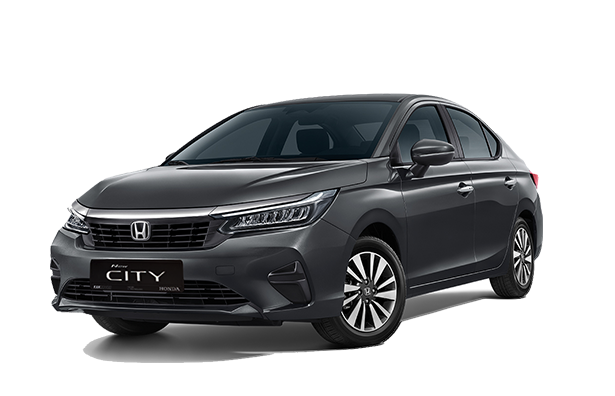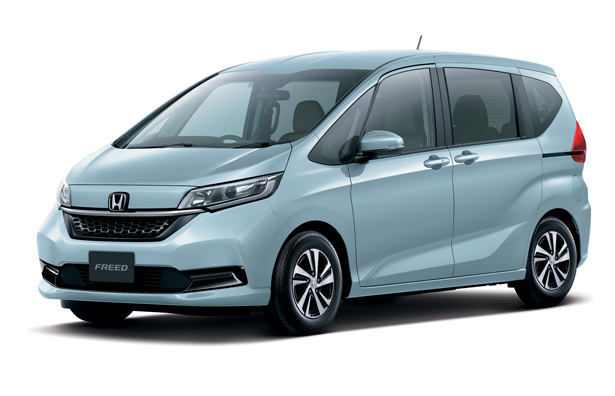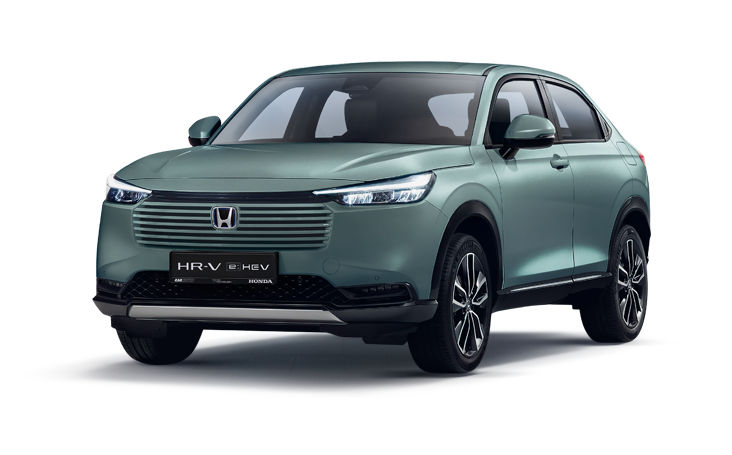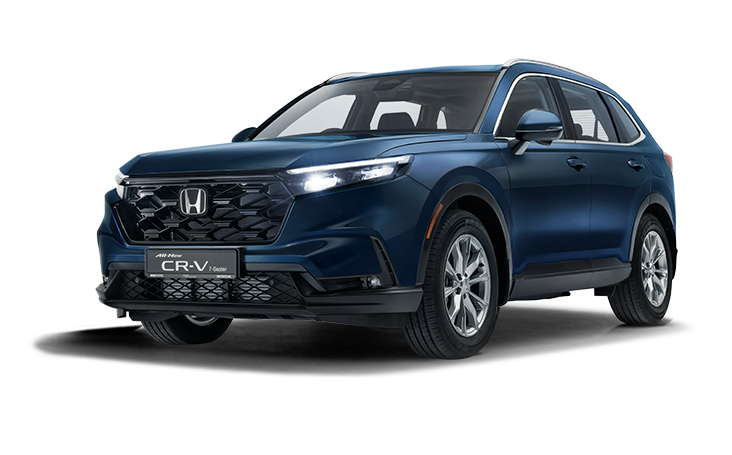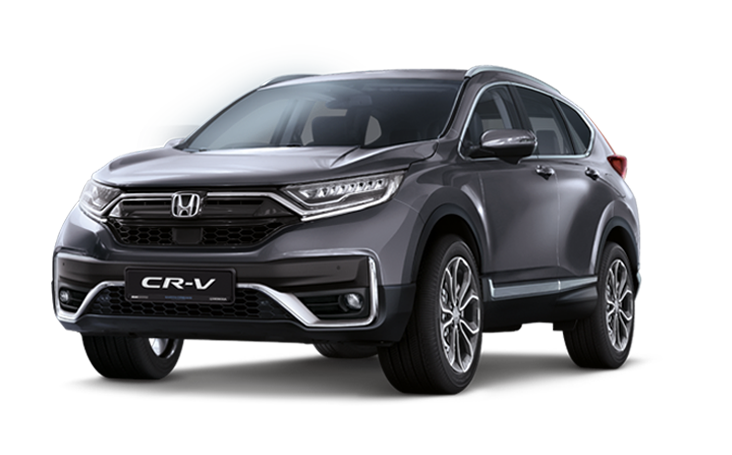Modern City
Honda's latest budget model hits the mark on styling, features and driveability
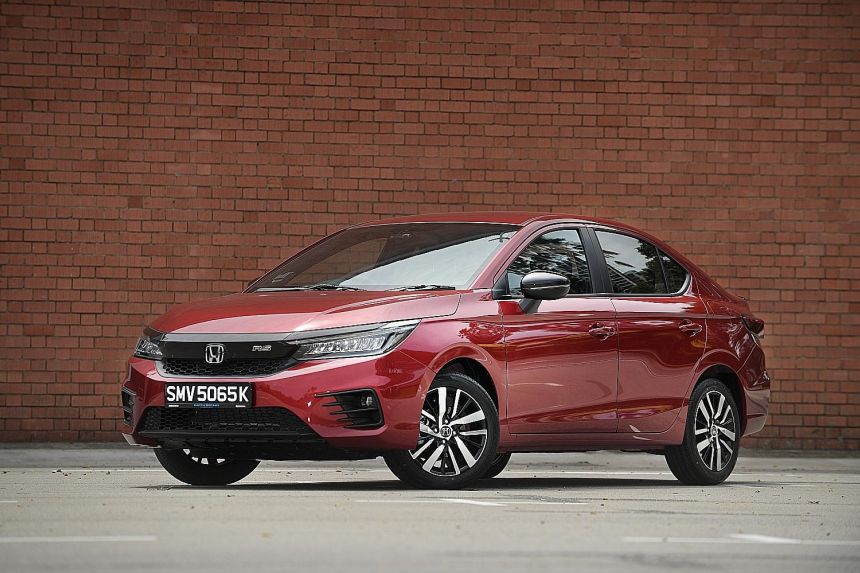
When Honda unveiled its first Asian car - the City - in 1996, it was an austere no-frills vehicle made for the fast-motorising population of South-east Asia.
Today, the region of more than 650 million is seeing a middle-class growth surge. According to a Boston Consulting Group report, four of the biggest economies in the region had a middle class of 64 million in 2017. This is forecast to grow to 123 million by 2030.
With rising affluence comes higher expectations. Hence the Honda City today is no longer as austere as before.
The new Thai-made car is bigger than its predecessor, but its wheelbase remains unchanged at 2,600mm.
Its drivetrain is slightly altered, with a 1.5-litre normally aspirated double overhead cam four-cylinder making 121hp and 145Nm of torque, which now arrives at 4,300rpm instead of 4,600rpm previously. As before, this is mated to a continuously variable transmission.
Along with modification to the transmission's shift pattern, performance is enhanced. The City's century-sprint time is 10.3 seconds, from 11 seconds previously. Its declared top speed is also higher at 199kmh, versus 192kmh.
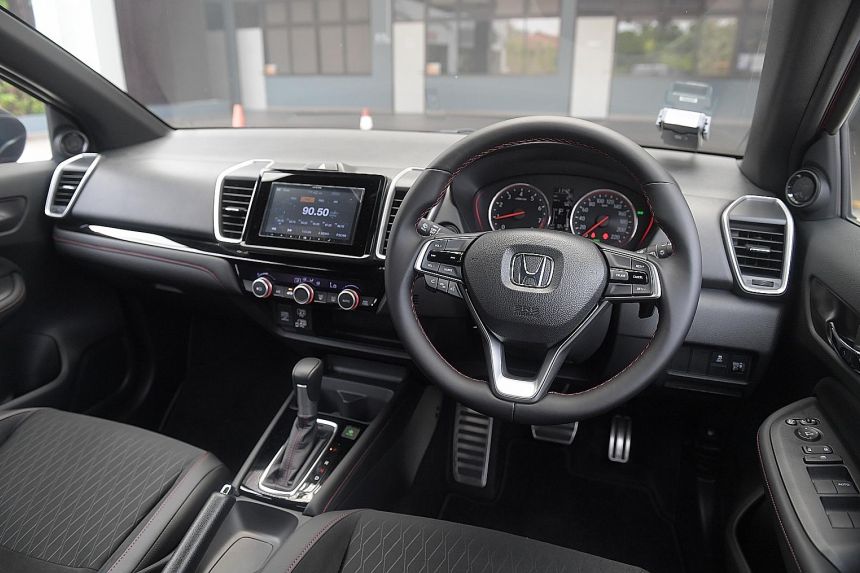
But younger car buyers care less about drivetrains and performance than, say, those who grew up with limited screen time. They want their cars to be more like their smart devices.
This is where the City delivers. It has a 7-inch infotainment touchscreen with Apple CarPlay and Android Auto. Engage Reverse and the screen displays three selectable camera views which will help you park with ease.
It has keyless entry, start button and remote engine start. The last is an uncommon feature even for luxury cars, allowing you to fire up the engine and cool the car down after it has been baking in the sun.
For a budget car, it is packed with driving and safety aids. It has six airbags, including curtain ones. You will also find hill-start assist, which holds the car in position on a slope as your foot moves from brake to accelerator pedal.
Outside, it is sleek and stylish like a modern mobile device. Ultra-slim LED headlamps with daytime-running lights and wraparound LED tail-lamps mark either ends of a sporty fastback silhouette with a shark-fin antenna on top and shiny 16-inch alloys below.
Although basic hard plastics still dominate the cabin, the car comes across as rather chic with its clean, ergonomic layout and fuss-free controls. A three-spoke multi-function steering wheel with cruise control switches makes the helm welcoming and functional.
Functionality abounds elsewhere, such as rear air-conditioning vents, a massive 519-litre boot and a roomy interior for its compact footprint.
On the go, the City is surprisingly effortless despite its modest engine. It is a light car, weighing far less than 1.2 tonnes. So it has a respectable power-to-weight ratio of 107.5hp a tonne.
Often, it feels quicker than its 10.3-second century sprint time suggests. There is less whine from its continuously variable transmission than expected and the car is decently insulated against traffic and road noises.
There is nothing exceptional about its ride and handling yet the car takes you from points A to B in relative comfort with an easy, breezy driveability which sometimes escapes far more sophisticated machines.
It averages 8 litres/100km, which is pretty acceptable but not as impressive as its advertised 5.6 litres/100km.
As a total package, the car passes muster - and perhaps not just in South-east Asia. Now, if only its pricing was a tad more competitive.
Credits: Straits Times
Author: Christopher Tan
Original Source: https://www.straitstimes.com/singapore/transport/modern-city

